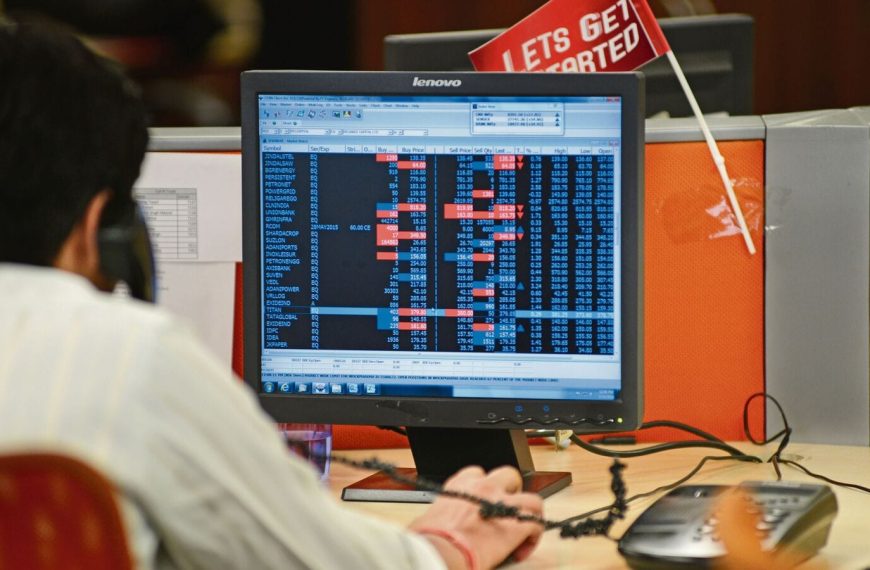The Indian stock market is poised for a potential upward trend following the recent ceasefire agreement between India and Pakistan. Analysts are optimistic that if the Nifty 50 surpasses the crucial level of 24,250, this could ignite short-covering, propelling the index towards 24,500. The pressing question now is whether the Nifty 50 can breach the significant 25,000 mark.
Key Levels to Monitor for Nifty 50
Market experts are keeping a close eye on specific price points. Shrikant Chouhan, Head of Equity Research, highlighted that “an upward move past 24,200 might indicate a pullback rally. If this occurs, we could see the market rebound to 24,500. A sustained close above 24,500 would pave the way towards reaching 25,000.”
Despite a downturn on Friday, Anand James, Chief Market Strategist at Geojit Investments, noted that 62% of Nifty’s constituents rallied by at least 1% from their lows, indicating limited damage. He stated, “While we didn’t anticipate a sharp recovery, we expected consolidation rather than a breakdown, given the support from the 200-day SMA near 24,050 and Fibonacci support levels between 23,870 and 23,950.”
Market Dynamics and Support Levels
This market behavior contrasts with typical bearish trends, where a "dead cat bounce" is often followed by a significant drop. According to James, this sets the stage for a rebound with a minimal target of 24,260 and a more optimistic goal of 24,770 to 24,850.
Dhupesh Dhameja, a Derivatives Research Analyst at SAMCO Securities, provided insights into the derivatives market, stating, “The 24,500 Call strike has seen substantial open interest of 51.04 lakh contracts, establishing it as a key resistance level. Conversely, the 24,000 Put strike has also experienced significant writing, accumulating 72.81 lakh contracts, confirming it as critical support.”
Historical Market Reactions to Military Operations
Historically, the Indian markets have shown resilience following military operations. For instance, after the Uri strike in 2016, markets surged by 11.3% over the next year. Similarly, following the Balakot air strike in 2019, Indian indices climbed 8.9%. Even after the Kargil War, markets saw a remarkable 29.4% increase in the subsequent year.
Upcoming Economic Indicators
As the week progresses, investors will closely monitor key domestic economic indicators, particularly CPI and WPI inflation data. Analysts generally expect a possible easing of inflationary pressures, which could further influence market movements.
In conclusion, with geopolitical tensions easing and key technical levels in focus, the Nifty 50 is on the verge of potentially significant movements. Investors should remain alert to these developments as they unfold.











